Smart Homes and the Role of Advanced HVAC Systems
The concept of home automation has evolved into a comprehensive network designed to enhance our living spaces. One cornerstone of this movement is advanced heating, ventilation, and air-conditioning (HVAC) systems. These high-tech setups promise increased control and comfort, translating into both significant cost savings and reduced environmental impact.
The Promise of Energy Efficiency
At the heart of advanced HVAC systems lies the promise of reducing energy consumption. These systems provide calibrated temperature control for every room and adjust themselves based on the time of day and human presence.
The outcome? Lower energy bills and reduced carbon footprints. With HVAC systems responsible for a substantial portion of household energy use, experts believe that efficient solutions can cut energy expenses by up to 20%. The environmental ramifications alone make this a need rather than a luxury.
Beyond monetary savings, energy conservation has a broader positive impact. By optimizing our energy usage, we contribute to the reduction of fossil fuel reliance, which is important for ecological stability. This change supports a more sustainable environment, allowing communities to minimize their ecological impact while adopting a greener lifestyle. Households, when aggregated, can have a substantial influence on national energy goals.
For those considering upgrades or seeking expertise in air conditioning performance improvements, services available at https://www.southwesthvac.com can be a stepping stone toward making informed decisions.
Smart Connectivity and User Control
The ability to control heating and cooling from anywhere at any time marks a defining feature of smart HVAC systems. By harnessing mobile apps and cloud technologies, residents have control at their fingertips. Whether refinements are needed to preheat a home on a wintery day or cool down that sweltering bedroom before bedtime, the power to manage temperatures remotely is now a standard expectation.
Furthermore, with constant technological integration, teaching systems to learn users’ habits is setting a new precedent. These intelligent solutions remember preferred settings, timelines, and patterns, automatically adjusting to create an unchanged comfort level. This self-learning ability saves users valuable time and effort, making daily temperature adjustments a near thing of the past.
Integration with IoT Devices
Connectivity extends beyond mere temperature control. Integration with the Internet of Things enables HVAC systems to interact with multiple devices, creating seamless communication. Smart thermostats can link with motion detectors to maintain the ideal climate when rooms are occupied or automatically reduce heating and cooling when spaces are unoccupied. This not only boosts the longevity of these systems but also helps in maintaining balance during peak load times.
Monitoring energy consumption in real time is another advantage of this integration. By analyzing usage patterns and costs, users can make informed decisions about their energy practices and adjust them for optimal results. Such insights empower homeowners to take a proactive role in energy management within their living spaces, contributing to a mindful usage strategy.
Improving Air Quality through Automation
Beyond the thermostat, the modern HVAC’s loyalty is to air quality. Advanced systems can filter pollutants and adjust humidity levels, benefiting residents with respiratory conditions and preventing mold in humidity-prone areas. Smart sensors can assess air qualities like particulate matter and initiate corrective actions, elevating home health standards.
In addition to basic air filtration, innovations in HVAC technology have introduced advanced air purification methods. Incorporating HEPA filters and UV light systems wards off allergens and pathogens, ensuring a fresher and healthier living atmosphere. These measures fortified by automation are setting new benchmarks in terms of in-home air health, catering to the well-being of occupants.
Cons and Considerations
No technological leap comes without its challenges. The initial costs of integrating an advanced setup are higher than traditional systems, potentially discouraging potential users. Furthermore, increased reliance on interconnected devices poses privacy concerns, as data generated by these systems could potentially be mishandled. Lastly, compatibility issues may arise as not all systems seamlessly merge with the already existing technologies within a home.
While these concerns are valid, the ongoing advancement in technology brings an opportunity for improvements in cost efficiency and security protocols. As the market for smart HVAC solutions grows, competition will drive prices down while enhancing the features that support user privacy and data protection. Choosing manufacturers committed to regular updates and strong security measures can bridge these gaps effectively.
The Road Ahead
As manufacturers continue to innovate, the future of advanced HVAC systems remains dynamic. Continued advancements will likely resolve current issues while bringing new enhancements to fruition. What remains certain is the expectation that smart systems, in whatever form they take, will be indispensable in contemporary homes, contributing not just to comfort, but also to responsible living.
Advanced HVAC systems are shaping the next generation of homes, marking a definitive shift in how we interact with and control our environments. For those willing to welcome these changes, the benefits promise to be clear, lasting, and transformative.

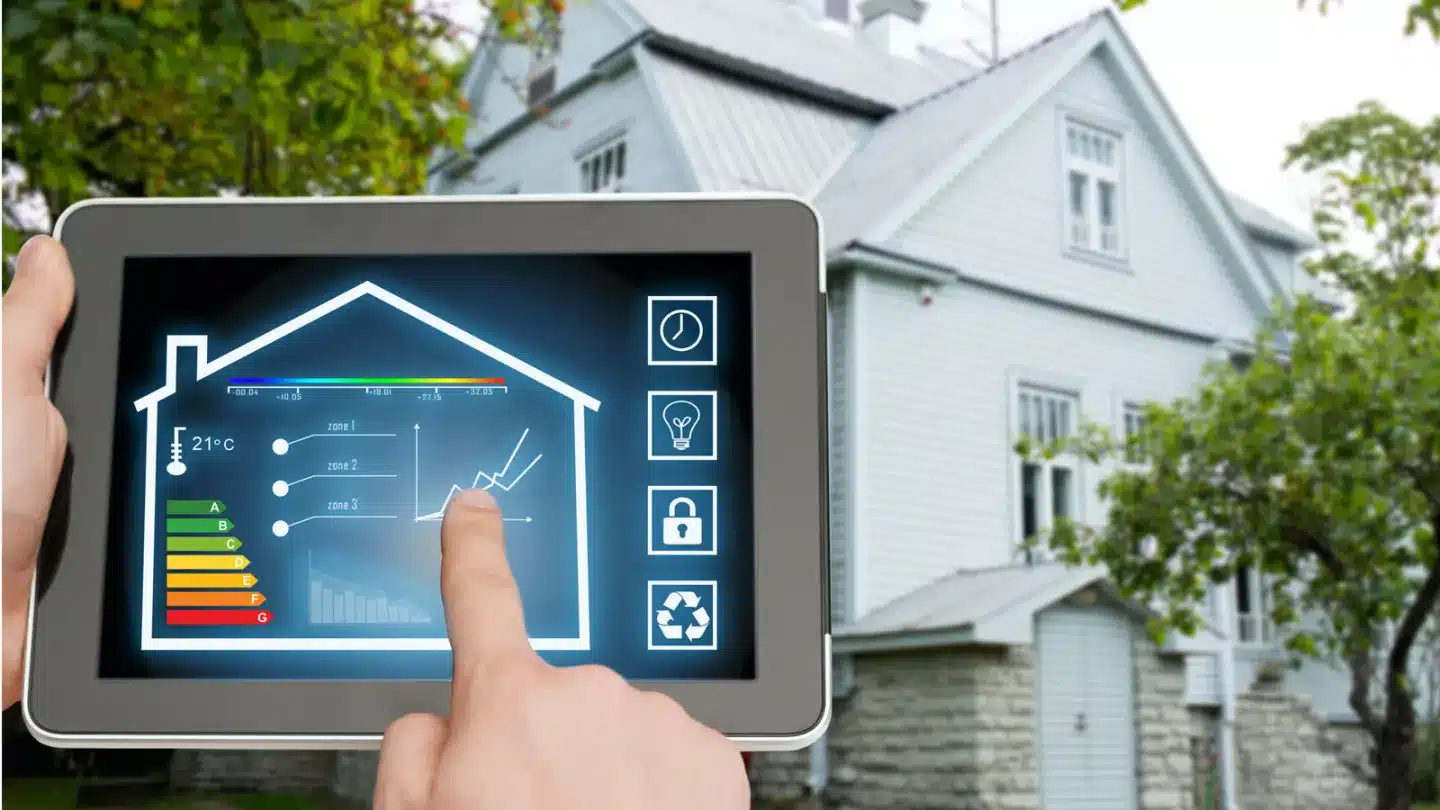
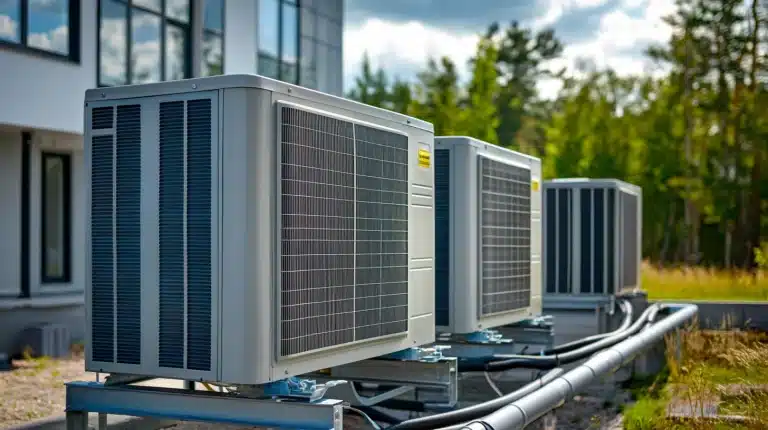
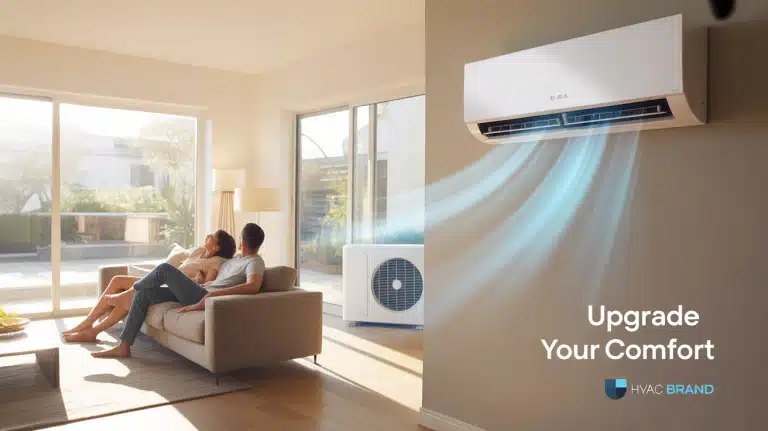

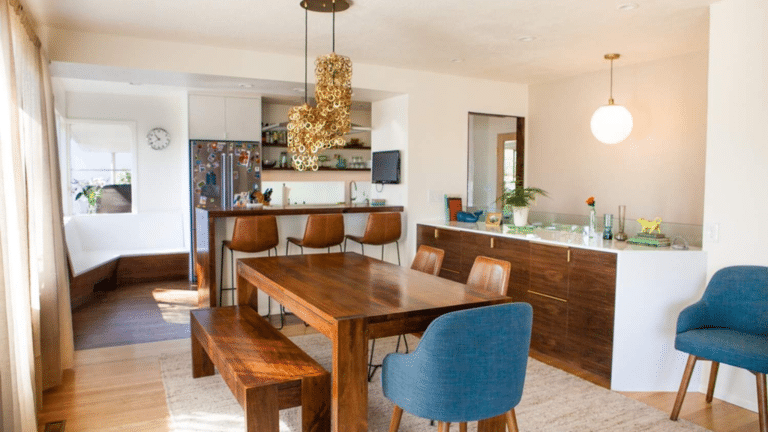
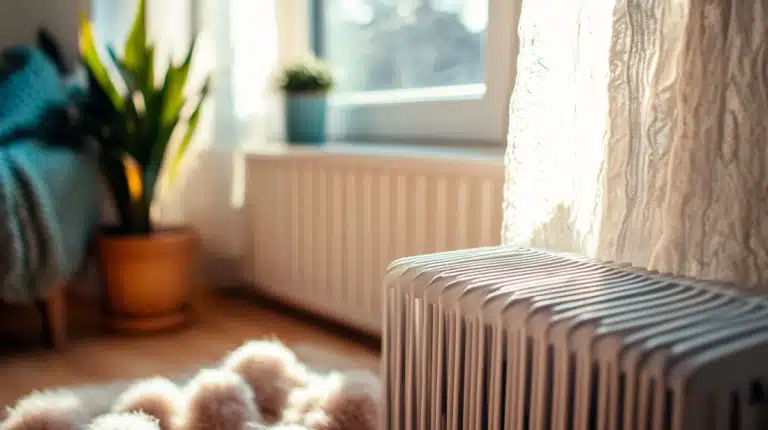
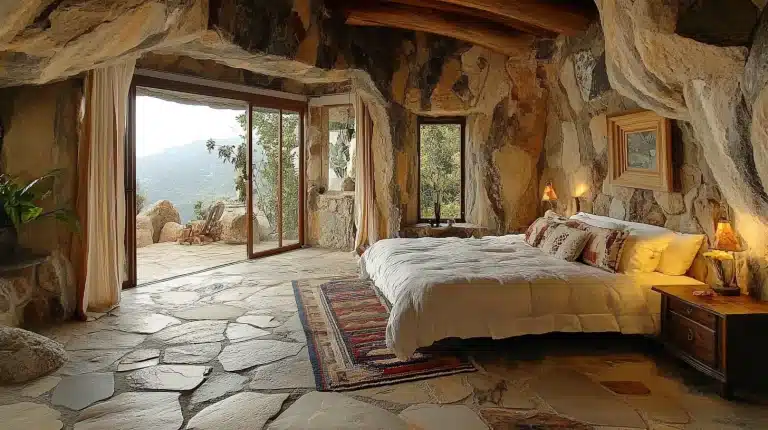
https://pinupaz.top/# pinup az